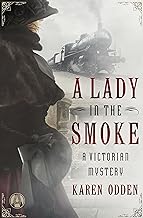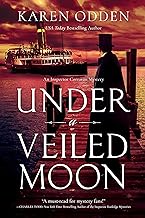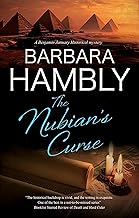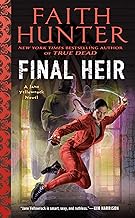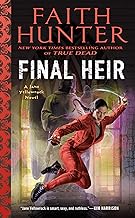Regular Readers of this blog know how much I enjoy history. I love blogging about odd things I’ve discovered in my research. But today, I decided to offer a little bit of information about Valentine’s Day.
As you might expect, St. Valentine is the patron saint of lovers. Also of beekeepers, which I guess makes a certain amount of sense. But he is also the patron saint of epileptics.
St. Valentine’s history is a bit of a mystery. By some accounts, he was a Roman priest and physician who suffered martyrdom during the persecution of Christians Other narratives identify him as a Bishop in Italy. He was also martyred. Since martyrdom is included in both stories, it is possible they refer to one person.
Other legends around St. Valentine. In one, he signed a letter “from your Valentine” to his jailer’s daughter, whom he had befriended. Like most saints, miracles were ascribed to him and in the former tale he heals the jailer’s daughter from blindness. Another common legend states that he defied the emperor’s orders and secretly married couples to spare the husbands from war.
St Valentine was removed from the book of saints in 1969 since the details of his life could not be confirmed.
Nonetheless, Valentine’s Day has been celebrated since the fourteenth century.
Happy Valentine’s Day to all!

